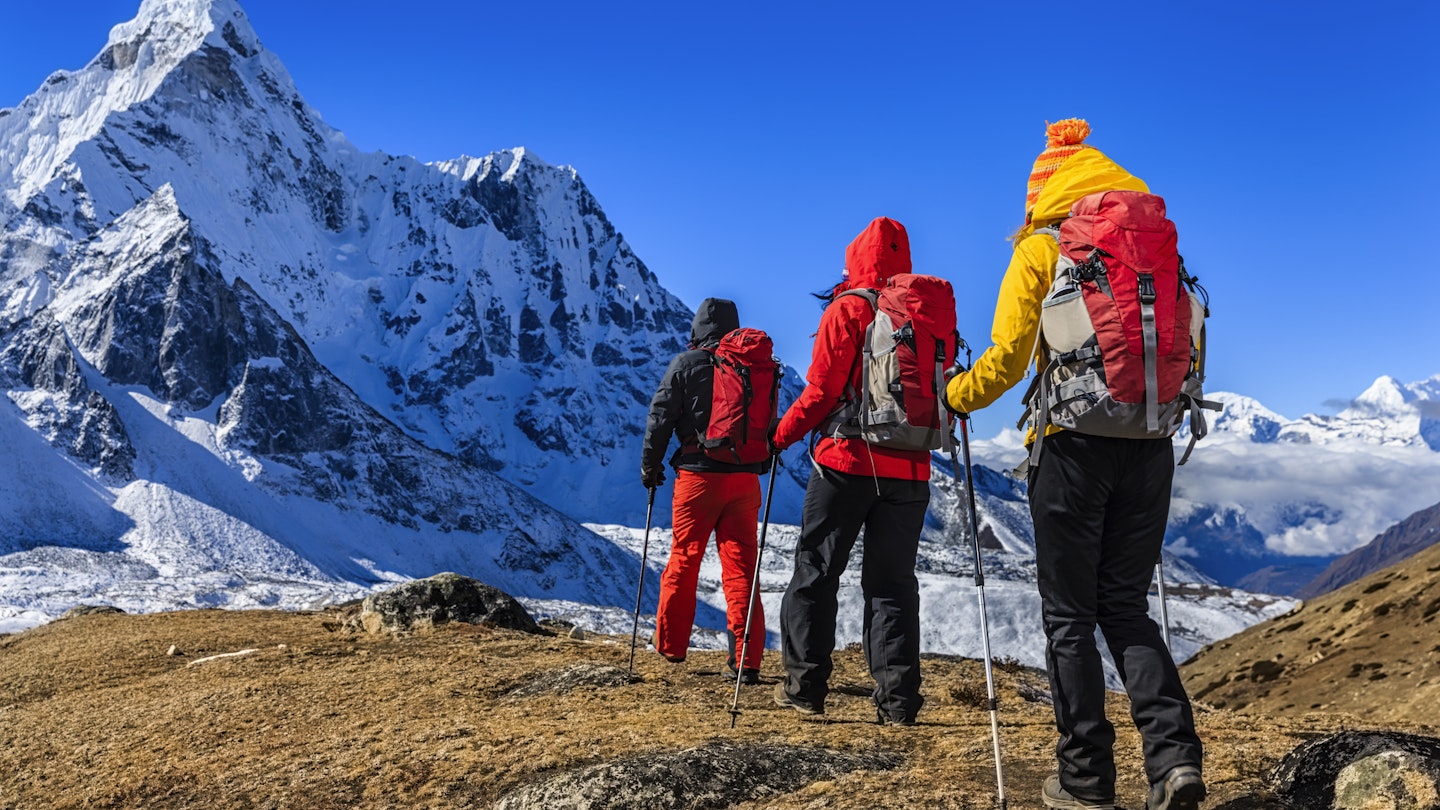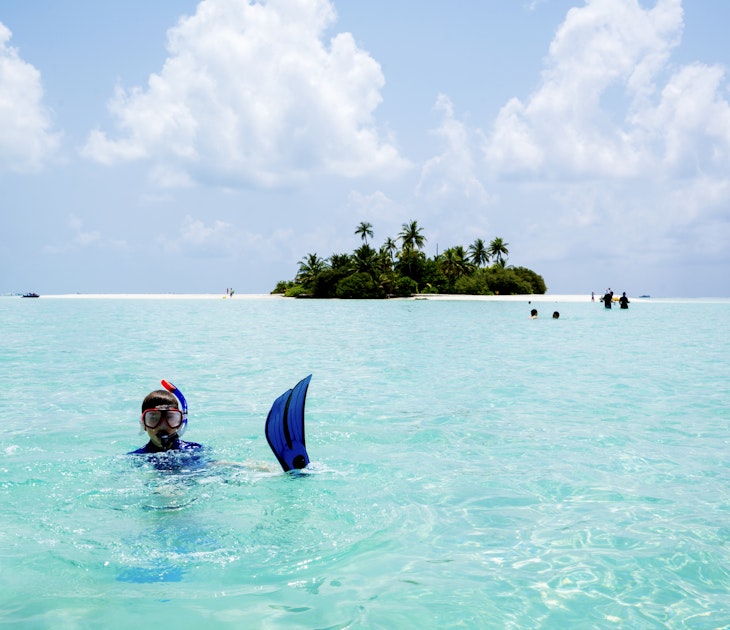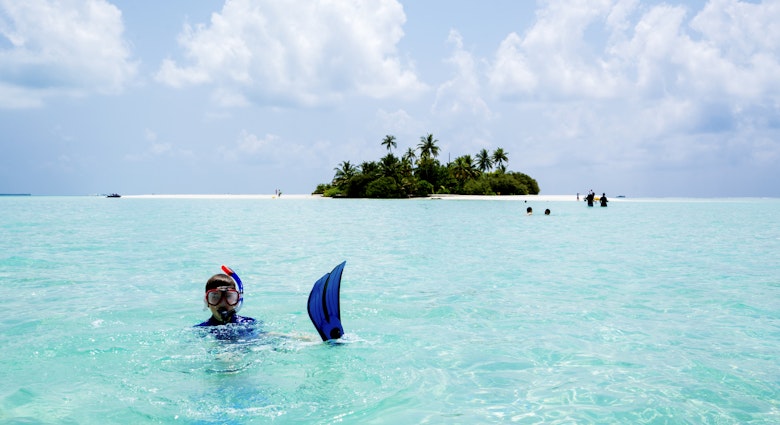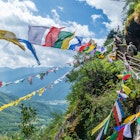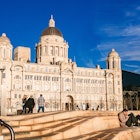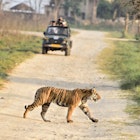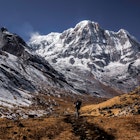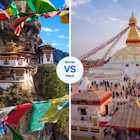Nepal is one of the cheapest countries in Asia for travelers and it's easy to explore this beautiful, culturally rich country on a budget. There are plenty of inexpensive places to stay and eat, public transport is extremely good value, entry fees for attractions are low by international standards, and that amazing mountain scenery comes for free.
However, costs are creeping up in the Kathmandu Valley, and you can easily end up spending more than you planned on activities such as trekking, mountain biking and wildlife safaris, as well as on accommodation and tourist-oriented transport.
Here are some tips for cutting your costs when traveling around Nepal on a budget.
Avoid the high season
Flight, accommodation and tour costs peak during Nepal’s October-November high season, which coincides with the best weather for trekking. For slightly lower prices, visit in the March-April shoulder season, which still sees good weather for trekking and wildlife-watching.
You can save even more money by traveling to Nepal in the winter, an excellent time for exploring warmer lowland areas such as the Terai. The cheapest time to visit Nepal is during the monsoon (roughly June-September), though views vanish behind heavy clouds, and getting around can be a challenge due to flooding and landslides.
It’s often cheaper to travel via India
Only a few airlines fly direct to Kathmandu, currently Nepal’s only functioning international airport (though the airports at Pokhara and Bhairawa are due to start receiving international flights in the near future). Getting to Nepal usually involves a change in Asia or the Middle East, and one of the cheapest options is to fly to Delhi and take a connecting flight to Kathmandu from there (though you may need to get an Indian visa to do so).
For even greater savings, you can travel overland from India. The Sunauli border crossing near Bhairawa is easily accessible from Delhi and Varanasi, with express buses running to and from the border in both directions.

Take advantage of a free airport pick-up
Many hotels in Kathmandu and nearby Patan will pick you up from the airport for free if you’ve booked a room in advance. If you haven't, it's not the end of the world – a taxi to town from the fixed-price desk in the arrivals hall at Tribhuvan International Airport costs Rs 750 (US$5.60).
Public buses are an economical way to get around
If you want to save money while traveling around Nepal, inexpensive public buses serve virtually every part of the country, though some services only run early in the morning. Although slower and less comfortable than dedicated tourist buses, domestic flights or private transfers, public buses are easily the cheapest way to get from A to B.
While it can be tempting to take a night bus to save on accommodation costs, be aware that deadly road accidents are common after dark and night buses are best avoided.
Negotiate a discount on your room rate
You'll find an incredible array of budget accommodation options in Nepal, from hostels and homestays to simple lodges and bare-bones budget hotels. It’s always worth haggling for the best price: room rates fluctuate significantly throughout the year and you can often negotiate sizable discounts (sometimes 20-40%) for longer stays or at quiet times, particularly outside of the high and shoulder seasons.
Note that mid-range and top-end places generally don’t include the 23% government and service tax in their quoted rates, so factor this in when drawing up your budget.
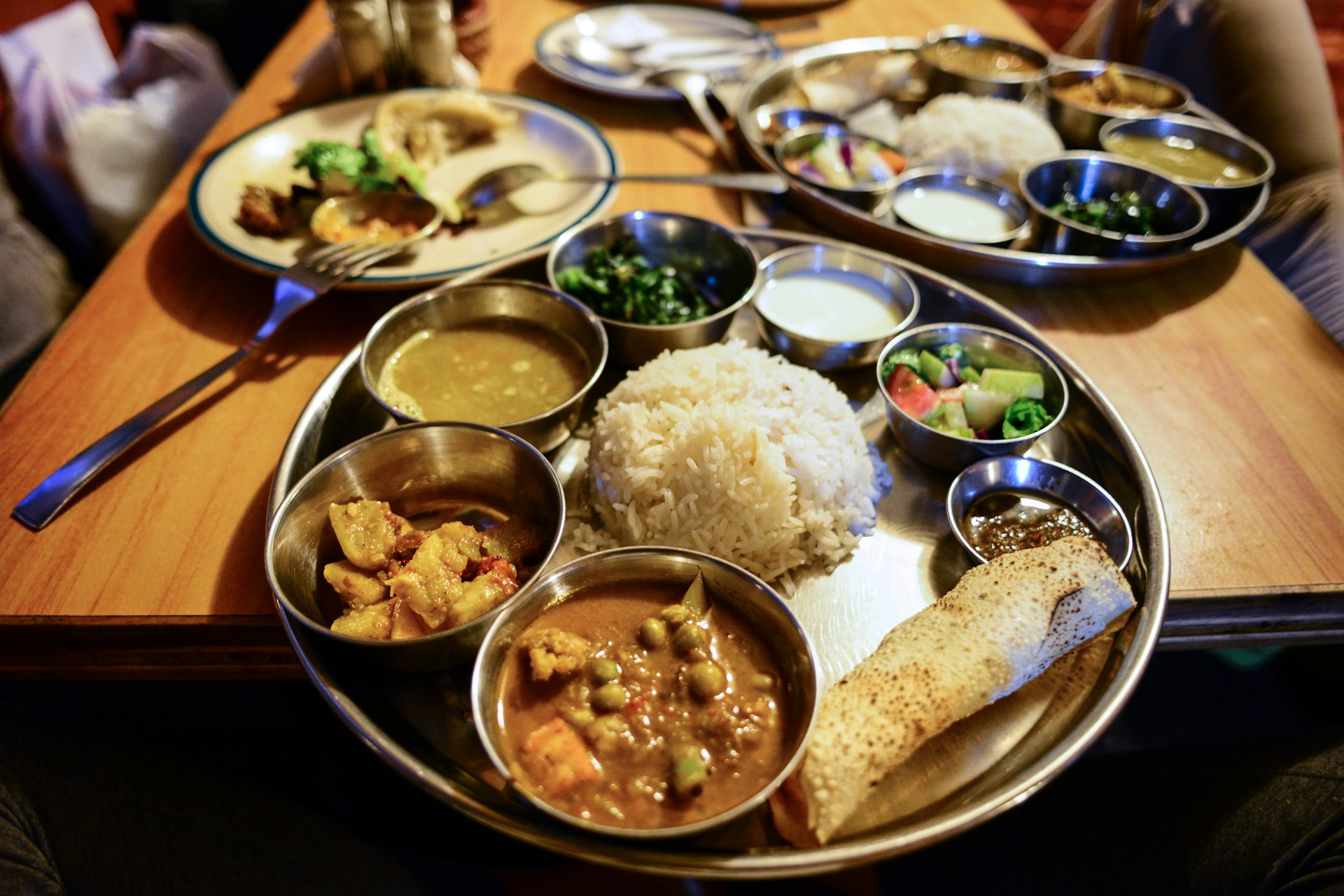
Eat like a local
Tourist hotspots such as Kathmandu and Pokhara are jam-packed with restaurants serving food from across the globe. However, prices – while inexpensive by international standards – are typically higher than in places serving local food to a local crowd. The costs of eating out can quickly add up if you’re on a tight budget.
To save a few rupees, head instead to local bhojanalayas – simple joints aimed at a Nepali clientele, serving inexpensive local staples such as daal bhaat tarkari (dal, rice and vegetable curry). Nepal also has some excellent and economical street food, including samsa (samosas) and momos (meat or vegetable dumplings), which go down a treat with a cup of sweet chiya (tea).
Choose a shorter trek, or trek independently
Nepal is famed for the myriad trekking trails that snake through the spectacular Himalayan scenery, but going on an organized trek with a guide and porters can put a big dent in your budget, particularly if you choose a longer route or have to fly to the trailhead.
To save money, opt for a shorter trek: there are several great options in the Annapurna region, including the memorable three-day Ghandruk Loop. Look for trailheads that you can reach without flying – most treks in the Langtang Valley and Annapurna region can be reached easily and inexpensively by public bus.
Another great way to save is to trek independently, instead of joining an organized trek. Many popular routes are relatively easy to follow without a guide, with plenty of teahouses providing simple accommodation and food (beer, however, can be pricey). Top choices include the Annapurna Circuit and Everest Base Camp treks.
Note that independent trekking does not mean solo trekking – it’s never wise to go hiking completely on your own. If you need companions for an independent trek, ask around at guesthouses in Kathmandu or Pokhara, or put up a note on noticeboards in tourist areas.
Make the most of Kathmandu’s Durbar Square
Most foreigners have to pay a Rs 1000 (US$8.50) fee to access Kathmandu’s famous Durbar Square, a Unesco World Heritage Site lined with magnificent medieval palaces and temples. Although the entry ticket is only valid for the date stamped, you can extend it for the length of your tourist visa for free at the site office, allowing you to visit multiple times during your stay. And you can do the same at the equally impressive Durbar Squares in the neighboring cities of Patan and Bhaktapur.

Skip “budget” Chitwan safaris
Many travel agencies in Kathmandu and Pokhara offer “budget” two-night, three-day safari packages to Chitwan National Park, but while these all-inclusive deals look tempting, they’re a false economy. You only get a day and a half in the park, have little choice over activities, and the accommodation and food are often below par.
It’s far better to travel to Chitwan independently and make the arrangements yourself; you’ll save money and have a far more enjoyable experience. Buses run from Kathmandu to Sauraha on the fringes of the park, where there are dozens of inexpensive lodges.
Slash your phone bill
Buy a local SIM card on arrival at Kathmandu’s airport or from retailers across the country to avoid being stung by a hefty mobile phone bill when you return home. Your phone should be unlocked and you’ll need a passport photo to register. If you need to make landline calls, use local call centers rather than using the phone in your hotel room.
Snag a SAARC discount
Travelers from countries that are members of the South Asian Association for Regional Cooperation (SAARC) – Afghanistan, Bangladesh, Bhutan, India, the Maldives, Pakistan and Sri Lanka, as well as Nepal – pay lower entrance fees than other foreign visitors at most museums, national parks and heritage sites. You may need to show identity documents to quality.
Arrange your own mountain-biking adventure
Nepal is a dream destination for mountain bikers, thanks to its plethora of fast-paced, downhill trails. Although going on an organized guided cycle tour with an operator such as Dawn Till Dusk and Himalayan Single Track is the easiest option, many routes can be followed independently, which significantly reduces the cost.
Bikes can be rented from numerous hire companies in Thamel in Kathmandu, and plenty of routes start just outside the Kathmandu city limits. For a taster, try the three-day Kathmandu Valley Loop via Nagarkot and the Buddhist pilgrimage site of Namobuddha.
Buying an up-to-date map and learning some basic Nepali phrases so you can ask for directions will make life immeasurably easier. If you're feeling less ambitious, consider taking some short out-and-back rides to the small towns and temples dotted around the Kathmandu Valley.
Daily costs in Nepali
- Hostel dorm bed: US$10
- Basic room for two: US$15-25
- Room and half-board in a trekking lodge: US$12-15
- Public bus Kathmandu-Pokhara (125 miles/201km): US$3-5 one-way
- Dinner for two: US$4-10
- Coffee or chiya (tea): US$1-2
- Beer: US$2.50-3.50
You may also like:
7 expert tips to sustainably trek to Everest Base Camp
Uncovering Kathmandu’s cosmopolitan culture: why you're going to want to linger longer
The best places to visit in Nepal, from mountains to Buddha's birthplace

